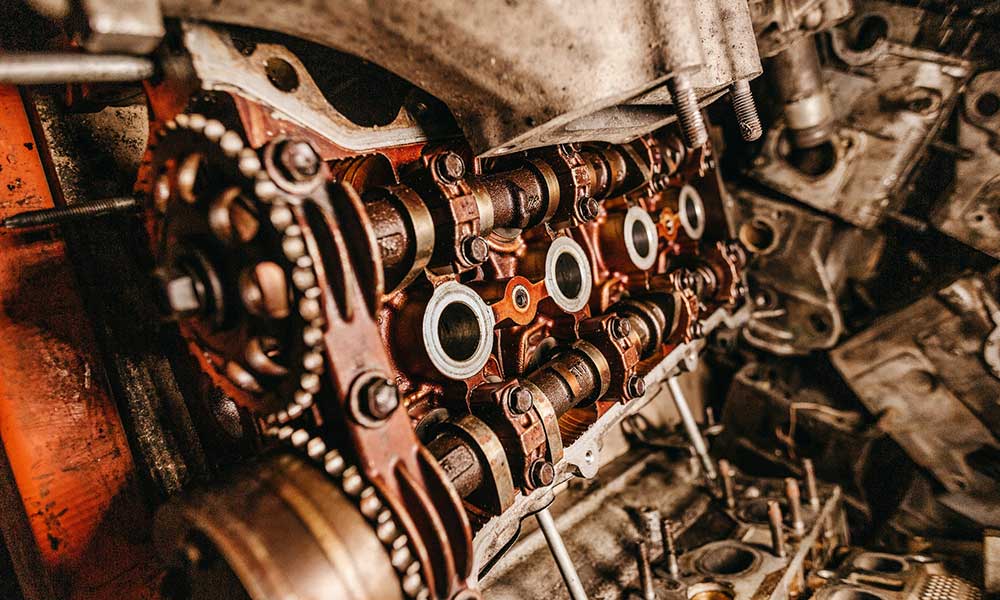The Hyundai Elantra is one of the most popular sedans in the auto industry but has still experienced common problems that can increase the cost of ownership.
What Are Common Hyundai Elantra Problems?
So, what are the common problems Hyundai Elantra owners have reported? Let’s get into them:
Airbags
One of the main problems is with the Elantra’s airbags. The airbag light turning on and off at random times, even if there are not any issues present. Other times, the airbag would fail to deploy upon impact. Hyundai models manufactured between 2006 and 2008 were recalled because of issues with a weight sensor in the front seat. This led to the airbag deploying even when a child was present in the seat.
Engine Issues
Engine issues have also been common for the Elantra with poor stalling, cooling, and ticking. The models that have experienced the most problems include the 2011, 2012, and 2013 models.
Ticking noises are present in vehicles with either a manual and automatic transmission. The problem typically develops around 70,000 miles and costs an average of $4,100 to repair.
More severe issues include the Elantra’s engine catching fire, specifically with 2006 to 2011 models. The issue has continued to occur for the past 10 years because of an electrical short present in the ABS module.
Power Steering
Many drivers have also experienced steering issues because the power steering has failed to work well. It can stop working and then begin working again after a few minutes. Some people even report hearing popping noises or the wheel failing to move and immediately locking once it’s in the straight position. Cars that reach 66,000 miles are most likely to experience this issue. The repairs can also cost up to $12,000.
Electrical Issues
Hyundai Elantras have also had their fair share of electrical issues, which has affected the car alarm and even the ignition. One of the main culprits of the issue is faulty wiring, making it difficult to start the car at times.
Break Issues
Many owners also have reported a long list of brake issues, specifically with the brake lights failing to turn off even after the necessary repairs have been made. Master cylinder failure and low-quality brake pads have also been issues in the past and have affected drivers’ confidence that they can safely bring the vehicle to a stop, especially while driving at high speeds. The 2013 Hyundai Elantra has experienced the most significant issues due to grinding noises coming from the brakes when slowing down the vehicle.
Hyundai Elantras Recalls
With the laundry list of issues above, you may be wondering, “Have there been recalls for Hyundai Elantras?”. Yes, there have been recalls.
One of the most common issues drivers are problems with the airbags. The automaker recalled the Takata airbags in 2015 for 2006 and 2007 Hyundai models. The problem stemmed from the inflators, which released with too much force and increasing the risk of the airbag exploding every time a crash occurred. This led to debris being released into the car and injuring the driver and passengers. Over 1,067 airbag problems were reported by drivers, although many of the problems were minor.
100 Elantras were also recalled in 2017 because of a faulty Electric Power Steering connector, which prevents the electric power steering from working. Another recall occurred in 2017 because of a power brake assist issue, making it difficult to stop the car and rely on the brakes to slow down.
What Are Minor Issues That Are Reported Less Frequently With The Hyundai Elantra?
Car owners of the Hyundai Elantra have also reported minor issues, specifically with the speakers. There are times when there isn’t any sound that comes from the speakers while turning on the radio.
Other times, the transmission fails to shift due to failed speed sensors in the transmission, making it difficult to operate the vehicle.
The check engine light can also turn on at random times due to a failing canister purge valve. This requires bringing the vehicle to a mechanic to perform a diagnostic test to ensure the repairs are performed to avoid thinking there continue to be issues with the engine. 20 models have been affected by this issue, specifically the 1995, 1998, 2000, 2014, 2016, and 106. This issue commonly occurs around 100,000 miles.
Some drivers have also reported the engine stalling or failing due to the crankshaft angle sensor failure. The top models that have experienced this issue include the 1992, 1993, 1994, and 2000. The issue occurs around 86,000 miles. This has also caused Hyundai to issue a recall in the past.
How Can Car Owners Reduce The Risk Of Problems With Their Hyundai Elantra?
If there are mistakes made or faulty parts installed on a Hyundai Elantra then the owner is limited with their ability to reduce the risk of repairs that are needed. In many cases, the manufacturer will need to repair or replace the parts, which should be covered under a warranty.
For issues that develop when the car is older, the driver will be responsible for covering the costs if there hasn’t been a recall.
It’s also necessary to read the owner’s manual and follow the manufacturer’s recommendations with maintenance that needs to be performed. This will extend the lifespan of the parts and avoid issues that are easy to avoid.
Avoid performing any modifications to the vehicle, which can void a warranty that is provided by the manufacturer.
It’s also necessary to perform a thorough inspection of the vehicle when purchasing a used Hyundai Elantra to ensure it’s in good condition. Research the most common issues that Hyundai Elantras experience to ensure a mechanic can check the specific parts and components before you choose to purchase the vehicle. You’ll also need to look at any recall for the model year.
Buying a newer model can also offer more reliability instead of investing in an Elantra that has had recalls or doesn’t have advanced technology.









